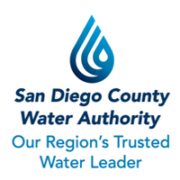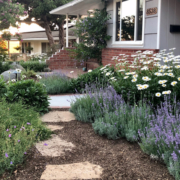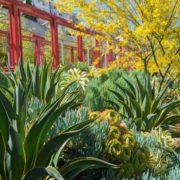If you choose to design, implement and maintain a new WaterSmart landscape yourself, you can follow the Homeowner’s Guide to a WaterSmart Landscape to help you plan, prepare, and work through each step. Free classes and online videos can help.
If you’re interested in hiring a landscape professional, the WaterSmart Landscape guide is also helpful as a reference to help you understand the steps involved. You will be better equipped to work through the project with the help of a landscape professional.
Options for working with a landscape professional
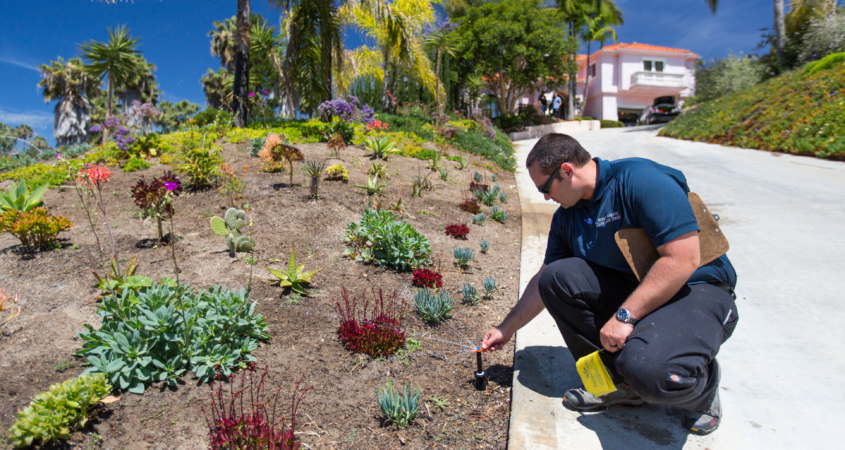
Professionals trained in different aspects of sustainable landscaping can help you ensure the success of your project. Photo: San Diego County Water Authority
Landscape Architect. A professional licensed by the State of California who can design and develop detailed construction plans and specifications. A Landscape Architect is not licensed to provide installation/construction services. For more information, visit the American Society of Landscape Architects (ASLA) San Diego Chapter website and the State Licensing Board website.
Landscape Designer. A person who provides landscape design and horticulture services, such as design concepts, planting plans, and selection of materials. For more information, visit the California Association of Professional Landscape Designers website.
Landscape Contractor. A professional licensed by the State of California to install/construct, and maintain landscapes. If a Landscape Contractor installs a project, they can also design it. For more information, visit the California Contractors Association website and the State Licensing Board website.
QWEL (Qualified Water Efficient Landscaper) Trained in water-wise landscape practices, including plant selection, irrigation system design, and water management, a QWEL graduate will help meet your landscape needs while keeping your outdoor water use in check.
Irrigation Designer. A person who provides irrigation design services. Irrigation designers may achieve certification with the Irrigation Association. Visit its website for more information.
For more tips on hiring a professional to help you create a WaterSmart Landscape, refer to the eGuide to a WaterSmart Lifestyle for additional information at WaterSmartSD.org.
__________________________________________________________

(Editor’s Note: The San Diego County Water Authority and its 24 member agencies offer programs, resources, and incentives to improve water-use efficiency for residential, commercial, and agricultural users. WaterSmart choices are a way of life in the region. Stay WaterSmart San Diego! For more water-use efficiency resources, go to WaterSmart.SD.org.)


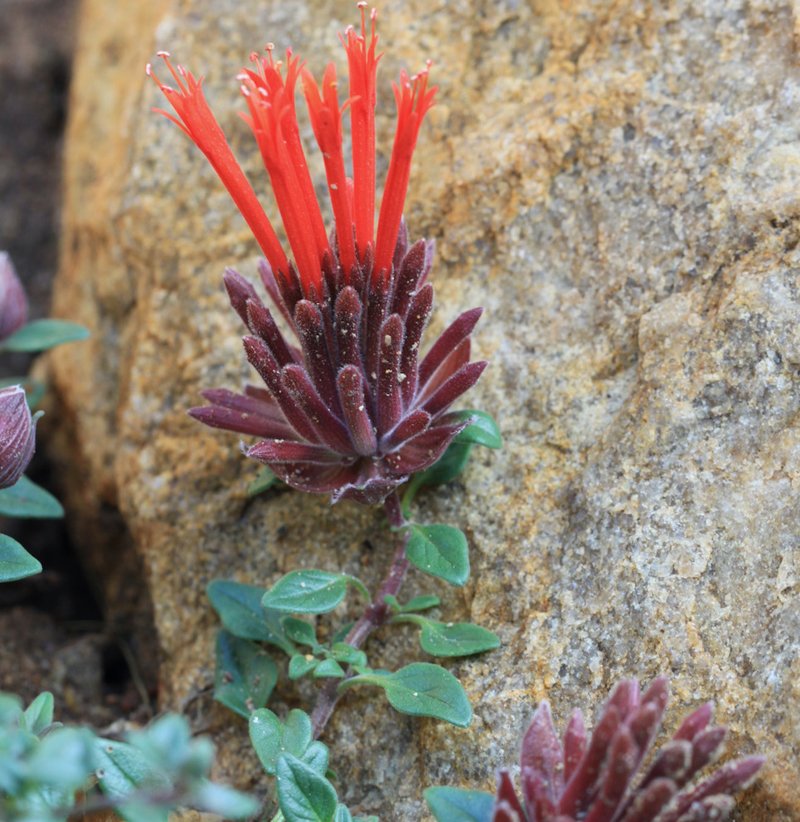
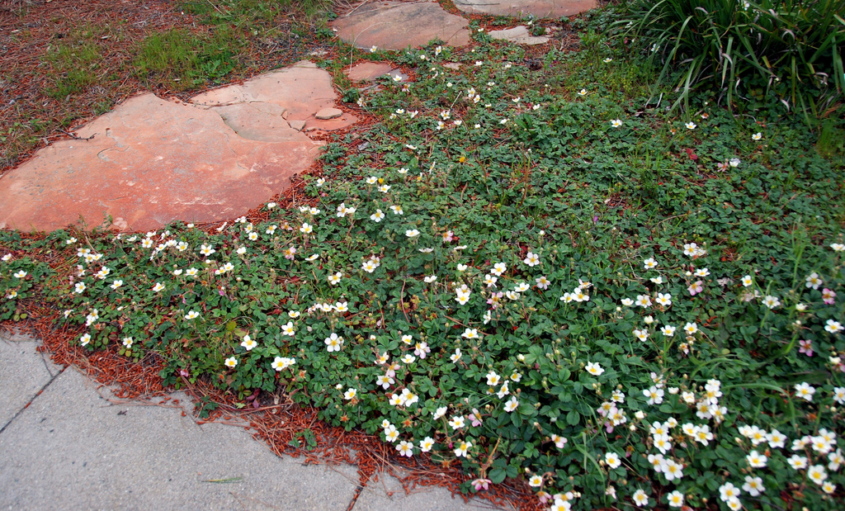
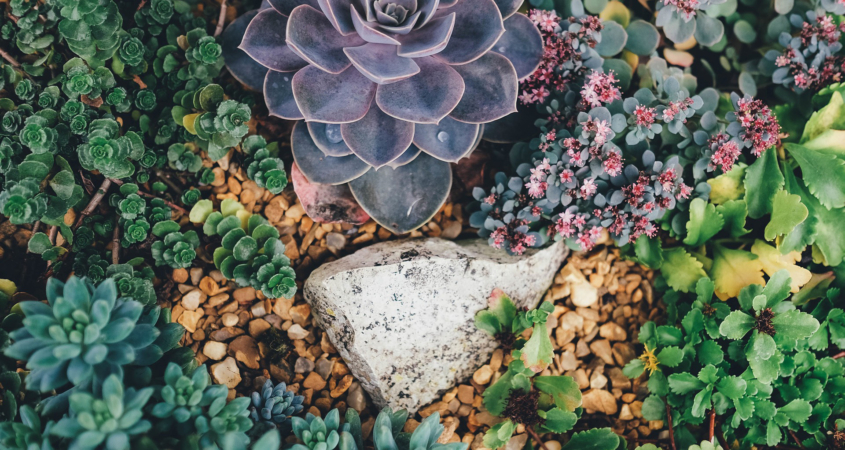


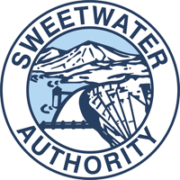 Sweetwater Authority Logo 2019
Sweetwater Authority Logo 2019